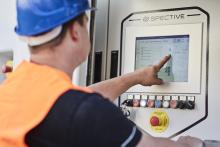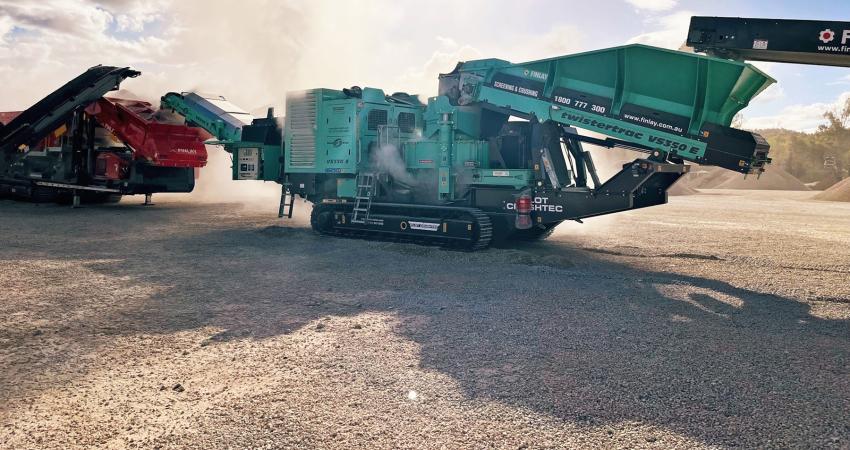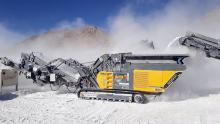
The demand for economical and efficient ways to produce crushed sand is growing as natural sand deposits located near growth centres are being depleted and environmental regulations are becoming stricter. As a result, manufactured sand is becoming a high-demand material. The arrival of the Metso HRC 8 ushers in a new era for manufactured sand-makers.
The machine uses an inter-particle comminution method, drawing a material bed between two rotating rollers. The rollers, one in a fixed position and another floating, generate extremely high pressure, extruding the feed material down to the desired smaller grain sizes.
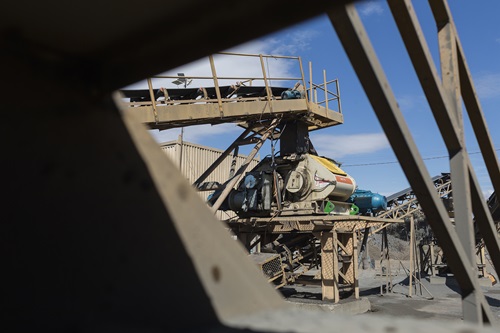
“The HRC 8 is the ultimate solution to produce excellent quality sand that can substitute natural sand from natural deposits such as rivers. The quality of sand can be adjusted and optimised, thus reducing the amount of cement and asphalt required in concrete mixes or asphalt. The machine produces a gradation according to customer needs and delivers a perfect cubical shape for concrete and asphalt sands,” explains Oldemar Meneses, product manager, HRC Technology at Metso.
In addition, the HRC 8 can convert quarry waste into sellable product. The machine can reprocess non-sellable waste materials to correct the gradation curve and particle shape, converting them into high-value sellable products. This addresses the cost factor and speaks to the manufactured sand market’s drive for sustainable operation.
The machine is suited for manufactured sand and pre-milling applications across commodities such as chrome, lithium, gold, and copper, amongst others, says Francois Marais, sales and marketing director at Pilot Crushtec.
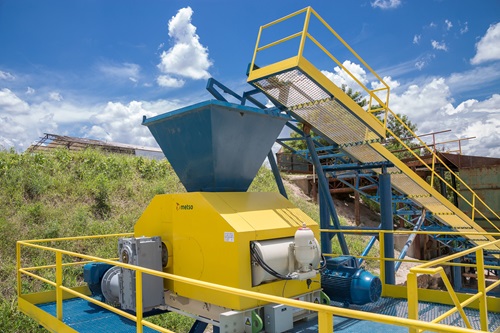
“In mining, chrome and lithium will be the perfect applications for the HRC 8. In these commodities, sizing material down to a minus 5 mm size has traditionally been done with impactors. While the capital cost of using impact crushers seems lower, it is outweighed by the extremely high wear costs, especially when processing highly abrasive ores,” says Marais.
Both sand manufacturers and mines will benefit from the HRC™ 8’s increased throughput in a single pass, energy efficiency, reduced ultra fines and reduced operating costs as well as safety and ease of maintenance.
The HRC 8 provides a notable increase in production efficiency. The flange design maximises the amount of material that is crushed by pulling the feed into the crushing zone. This method prevents the material passing the rollers and increases efficiency and throughput. The patented arch-frame, on the other hand, eliminates downtime caused by skewing.
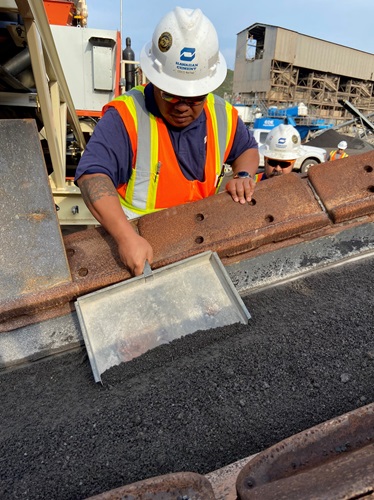
The machine uses a combination of high pressure and a unique patented roller design to achieve a fine product with minimal energy input. In fact, the machine consumes up to 50% less power in sand production compared to other technologies for the same volume of net product.
“By reducing energy consumption and increasing wear life of components, the HRC 8 helps lower operational costs. Its efficient grinding mechanism also reduces the need for secondary crushing, further cutting down operational expenses,” concludes Meneses.


